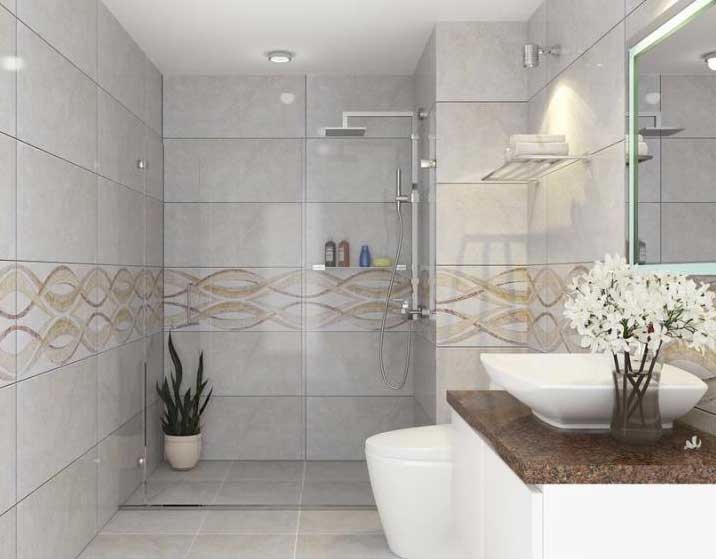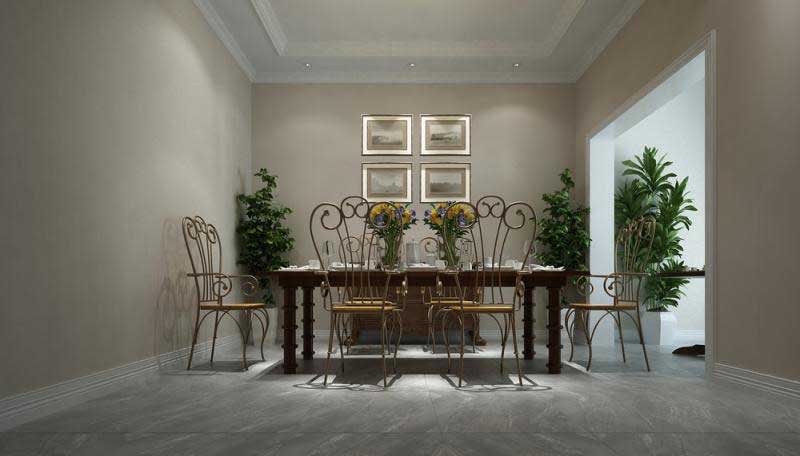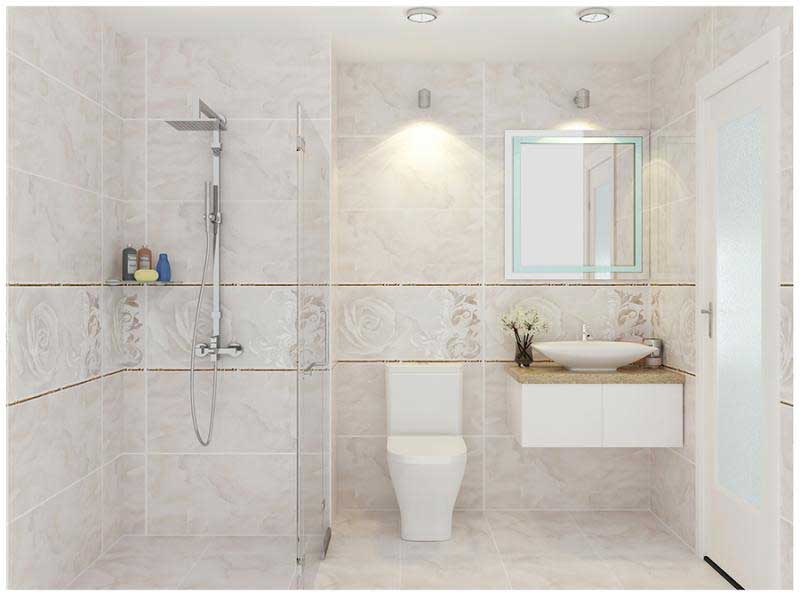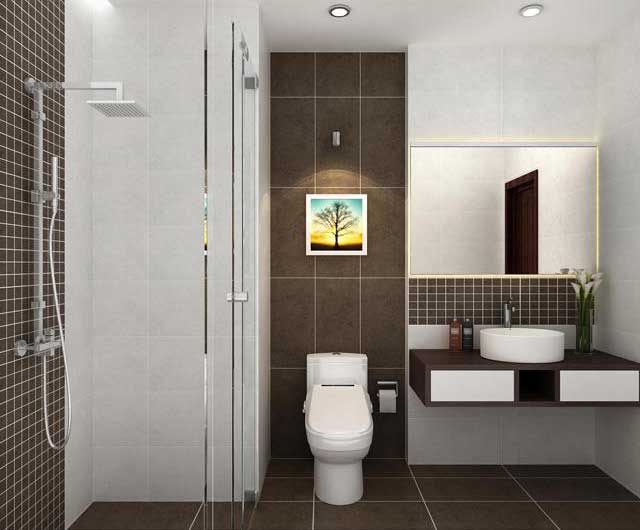Along with the development of construction and architecture, decorative and eye-catching types of decorative tiles and tiles are also made, helping consumers have more choices for their home.
Currently on the market there are many types of bricks, including two commonly used bricks, Ceramic and Porcelain tiles. However, it is often difficult for customers to make a decision when choosing one of these two types of bricks. In order to "troubleshoot" the problem, the consultant of Hoang Gia Group will point out the differences between these two lines so that customers can have the right choice.
About the characteristics:
Ceramics and porcelain tiles are made up of a mixture of clay and natural materials, all undergone mixing, pressing, firing, and enameling. However, porcelain tiles are usually of higher purity, fired at a higher temperature (1200-1400 degrees C while Ceramic tiles from 1000 to 1250 degrees C) and a longer baking time than ceramics. Therefore porcelain tiles have completely different structure and physical properties than ceramics.
About popularity:
Ceramics is the most commonly used material compared to other ceramic tiles because of its low cost, outstanding designs, patterns and colors. Giving users many choices suitable for any space in the home.

Royal ceramic tiles size 40x80 cm
Meanwhile, porcelain tile colors are usually not as rich as ceramics because of the more complicated color-creating process: enameling (glaze creates a marble; dry enamel creates a rough stone), or polishing the body. tiles without enameling. Therefore, porcelain tile color is the color throughout the entire tile.

Royal porcelain tile product
About technical characteristics
The ceramic tile is not too thick, so it is easy to cut. However, they have a feature of being prone to cracking or breaking when subjected to strong impact. Porcelain tiles, on the other hand, are hard, brittle and need to be skilled professionals to cut them.
Another difference is that porcelain tiles have a much lower water permeability than ceramic tiles. Therefore, porcelain is not afraid of rain, ice, or other liquids that can cause dirt or other damage. The porcelain tile's water absorption is <0.5%, while the ceramics is between 0.5-7%.
About the application
Ceramic tiles are suitable for areas that are not normally subjected to heavy impact or extreme weather conditions, humidity is often used as paving, paving in indoor areas, not suitable for outdoor use and places with high traffic density such as office buildings, shopping centers.

Royal ceramic tiles size 40x80 cm
Because Porcelain tiles have good strength, durability, scratch resistance, and good staining resistance and poor water absorption than Ceramics bricks, they are used both inside and outside, areas with storage The number of people is high such as train stations, restaurant halls, hotels. In fact, this type of brick is widely used in office buildings, large commercial centers.

Royal porcelain tile product
About the price
In general, the price of ceramics tiles is always cheaper than porcelain tile. According to the Royal Group's reference, Ceramic tiles normally cost only 60% of the Porcelain tiles. However, when choosing, you need to consider other factors in the house space to match the type of brick you choose, not just focusing on price.
With nearly 20 years of experience in the field of manufacturing all kinds of paving bricks, Ceramic and Porcelain tiles are our two main lines of bricks. You can visit the address of shops, dealers of Royal, where you live to "see with your own eyes, hand touch" the products that we have.
Table comparing the basic parameters between the two types of Ceramic and Porcelain tiles
|
CERAMIC TILES |
TILES PORCELAIN |
|
|
BASIC MATERIAL |
Clay is usually white, red, brown. Less porous clay through treatment, low purity. |
White clay is flexible and hard, going through many sophisticated processing stages, high purity. |
|
ADVANTAGES |
Cheap price, suitable for many projects and projects. |
High strength, scratch resistance, good waterproof. |
|
DEFECT |
Easily chipped, cracked or broken when applied by heavy force or in cold weather |
Expensive, brittle, requires a professional brick breaker to cut |
|
PLACE OF USE |
Interior wall in the house |
Floors, outdoor walls |
ROYAL GROUP